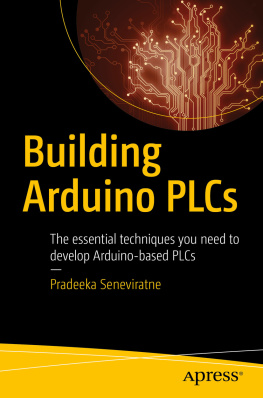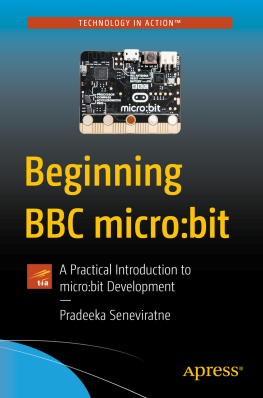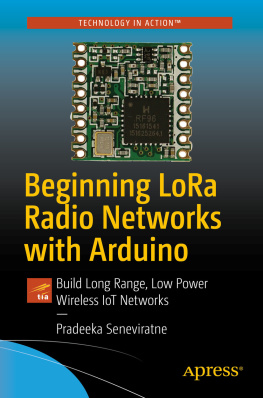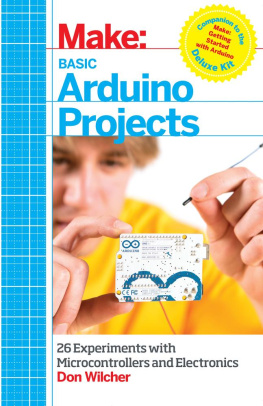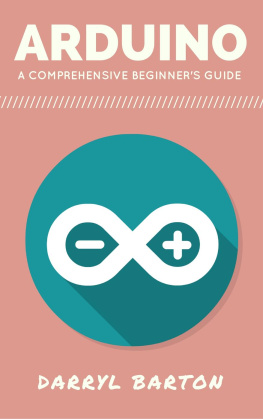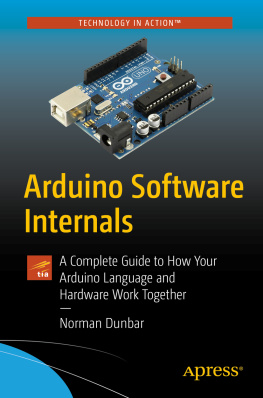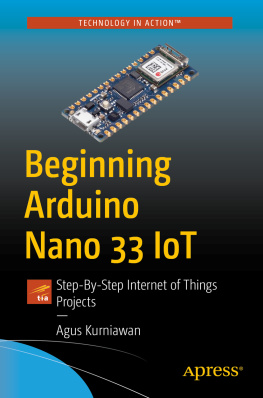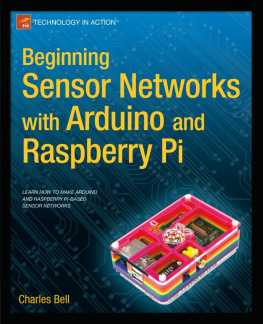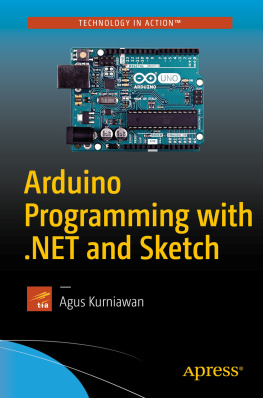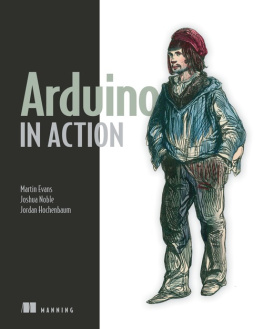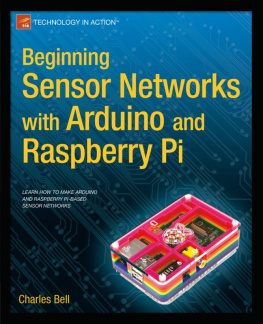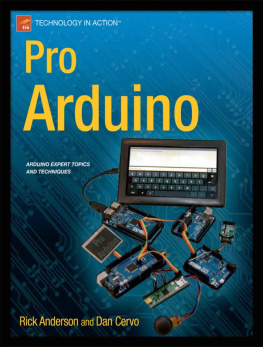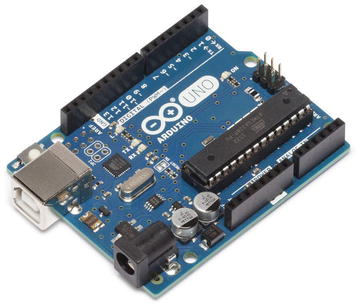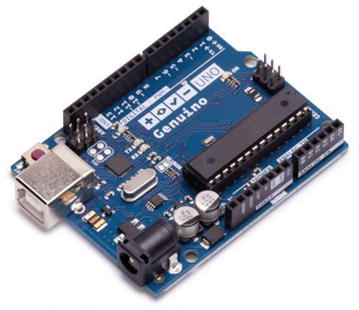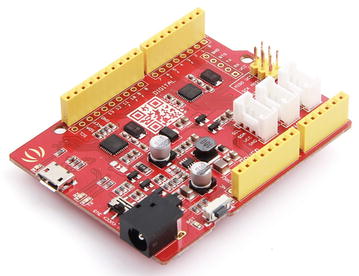Pradeeka Seneviratne - Building Arduino PLCs: The Essential Techniques You Need to Develop Arduino-Based PLCs
Here you can read online Pradeeka Seneviratne - Building Arduino PLCs: The Essential Techniques You Need to Develop Arduino-Based PLCs full text of the book (entire story) in english for free. Download pdf and epub, get meaning, cover and reviews about this ebook. year: 2017, publisher: Apress, genre: Home and family. Description of the work, (preface) as well as reviews are available. Best literature library LitArk.com created for fans of good reading and offers a wide selection of genres:
Romance novel
Science fiction
Adventure
Detective
Science
History
Home and family
Prose
Art
Politics
Computer
Non-fiction
Religion
Business
Children
Humor
Choose a favorite category and find really read worthwhile books. Enjoy immersion in the world of imagination, feel the emotions of the characters or learn something new for yourself, make an fascinating discovery.
- Book:Building Arduino PLCs: The Essential Techniques You Need to Develop Arduino-Based PLCs
- Author:
- Publisher:Apress
- Genre:
- Year:2017
- Rating:4 / 5
- Favourites:Add to favourites
- Your mark:
Building Arduino PLCs: The Essential Techniques You Need to Develop Arduino-Based PLCs: summary, description and annotation
We offer to read an annotation, description, summary or preface (depends on what the author of the book "Building Arduino PLCs: The Essential Techniques You Need to Develop Arduino-Based PLCs" wrote himself). If you haven't found the necessary information about the book — write in the comments, we will try to find it.
Learn the fundamentals of PLCs and how to control them using Arduino software to create your first Arduino PLC. You will learn how to draw Ladder Logic diagrams to represent PLC designs for a wide variety of automated applications and to convert the diagrams to Arduino sketches.
A comprehensive shopping guide includes the hardware and software components you need in your tool box. You will learn to use Arduino UNO, Arduino Ethernet shield, and Arduino WiFi shield.
Building Arduino PLCs shows you how to build and test a simple Arduino UNO-based 5V DC logic level PLC with Grove Base shield by connecting simple sensors and actuators. You will also learn how to build industry-grade PLCs with the help of ArduiBox.
What Youll Learn
Build ModBus-enabled PLCs
Map Arduino PLCs into the cloud using NearBus cloud connector to control the PLC through the Internet
Use do-it-yourself light platforms such as IFTTT
Enhance your PLC by adding Relay shields for connecting heavy loads
Who This Book Is For
Engineers, designers, crafters, and makers. Basic knowledge in electronics and Arduino programming or any other programming language is recommended.
Pradeeka Seneviratne: author's other books
Who wrote Building Arduino PLCs: The Essential Techniques You Need to Develop Arduino-Based PLCs? Find out the surname, the name of the author of the book and a list of all author's works by series.

